Marronnier Park (마로니에공원)
247.2568673722871m 34391 2021-07-14
104, Daehak-ro, Jongno-gu, Seoul
+82-2-2148-4158
Marronnier Park was given its name due to the marronnier trees, or horse chestnut trees, growing within the area. The location where Seoul National University's College of Liberal Arts & Science and School of Law once stood, it is now a park dedicated to culture and arts open to the public. In addition to a variety of outdoor performances that take place throughout the area, exhibitions and cultural centers create a romantic atmosphere unique to the park.
Samhyeongje Jjukkumi - Daehangno Branch (삼형제쭈꾸미 대학로)
261.2703879615347m 68 2021-03-24
68, Dongsung-gil, Jongno-gu, Seoul
+82-2-763-1204
This is a restaurant serving jjukumi (webfoot octopus), which has been featured in the gourmet program. This restaurant's signature menu is grilled pork belly. This Korean dishes restaurant is located in Jongno-gu, Seoul.
THE SKI & Coffee (더스키앤커피)
262.15670399337085m 138 2021-03-18
63, Dongsung-gil, Jongno-gu, Seoul
+82-2-745-3343
A store well-known for waffles. The best menu at this restaurant is americano. This is a cafe located in Daehak-ro, Seoul.
Beer Ok (비어오크)
274.2086724581356m 50 2021-03-29
151, Daehak-ro, Jongno-gu, Seoul
+82-2-745-0087
It's near the university, so it's a place frequented by many young people. This Korean dishes restaurant is located in Jongno-gu, Seoul. The representative menu is rotisserie chicken.
ARKO Art Center (아르코미술관)
292.5860366334248m 24256 2023-08-07
3, Dongsung-gil, Jongno-gu, Seoul
+82-2-760-4850
ARKO Art Center was founded in 1974 as Misulhoegwan in a building of former Deoksu Hospital in Gwanhun-dong, Jongno-gu to offer much-needed exhibition space for artists and arts groups. In 1979, Misulhoegwan moved to its present building, designed by preeminent Korean architect Kim Swoo-geun (1931-1986) and located in Marronnier Park, the former site of Seoul National University. The two neighboring brick buildings accommodating ARKO Art Center and ARKO Arts Theater are the major landmarks of the district of Daehakro.
As more public and private museums and commercial galleries came into the art scene in the 1990s, Misulhoegwan shifted to curating and presenting its own exhibitions. Renamed as Marronnier Art Center in 2002, ARKO Art Center assumed a full-fledged art museum system and played an increasingly prominent role as a public arts organization leading the contemporary art paradigm. When The Korea Culture and Arts Foundation was reborn as Arts Council Korea, Marronnier Art Center became ARKO Art Center named after the abbreviation for Arts Council Korea in 2005.
ARKO Art Center is committed to working as a platform where research, production, exhibitions and the exchange of creative activities grow and develop in connection with one another in addition to having a diversity of programs including thematic exhibitions addressing social agenda and public programs widely promoting various discourses in art.
Yangpyeong Haejangguk (양평해장국)
311.5868579966984m 76 2021-03-30
48, Sungkyunkwan-ro 4-gil, Jongno-gu, Seoul
+82-2-742-6960
It is a favorite place frequently visited by the residents of Hyehwa-dong. This restaurant's signature menu is hangover soup. This Korean dishes restaurant is located in Jongno-gu, Seoul.
Bubu Sikdang (부부식당)
326.97674686001216m 309 2021-03-26
43, Dongsung-gil, Jongno-gu, Seoul
+82-2-765-6056
You can enjoy fusion dishes in a cozy atmosphere. This Korean dishes restaurant is located in Jongno-gu, Seoul. The representative menu is royal stir-fried rice cake.
Korean Museum of Straw and Life (짚풀생활사박물관)
329.750315332136m 32707 2022-09-15
45, Sungkyunkwan-ro 4-gil, Jongno-gu, Seoul
+82-2-743-8787
Korean Museum of Straw and Life is a private museum dedicated to the collection, research, and display of materials and historical accounts of diverse straws and their uses in Korea. As Koreans' lifestyle in the past heavily depended on agriculture and cultivation of crops, straws and grasses were easily found and had many uses. The museum aims to educate the general public of how different straw were produced and used by Korean ancestors as well as their significance in connection with today's lifestyle.
Gogungmasil (고궁마실)
333.7183208843291m 2327 2020-05-04
229, Changgyeonggung-ro, Jongno-gu, Seoul
+82-2-763-9937
Gogungmasil is a hanbok rental shop located near Changgyeonggung Palace. Visitors can rent hanbok from Gogungmasil before going on a palace tour to Changgyeonggung and Changdeokgung Palaces.
Seoul Daehan Hospital (서울 대한의원)
363.4087950054827m 12208 2021-12-23
101, Daehak-ro, Jongno-gu, Seoul
+82-2-2148-1842
Daehanuiwon (Daehan Medical Center) is an antique two-story brick building within the grounds of Seoul National University Hospital. It was established under the direct administration of the Uijeongbu (State Council), combining the Gwangjewon (under the Home Ministry), Gyeongseong Medical School and the Korean Red Cross Hospital (under the Royal Household).
Built in the Madubong Hill area, this location where Hamchunwon, the outer garden of Changgyeonggung Palace, once stood in 1484 (15th year of King Seongjong), was also once the site of Gyeongmogung Palace, where King Jeongjo enshrined the mortuary tablet of his birth father Crown Prince Sado Seja in 1776 (the year King Jeongjo ascended to the throne).
These places that held importance for the royal family were destroyed as the Japanese built Gyeongseong Empire University in its place. In 1907, with the announcement of the plan to establish Daehan Medical Center, construction began on the main building, seven wards and affiliated buildings. Construction was completed in November 1908.
The Daehan Medical Center opened in Gwangjewon, but upon Japanese colonization in 1910, its name was changed to the Japanese Viceroyalty Hospital. In 1926, it was included as a part of Gyeongseongjeguk University to become a university hospital. Since the liberation of Korea in 1945, it has been a hospital affiliated with Seoul National University.
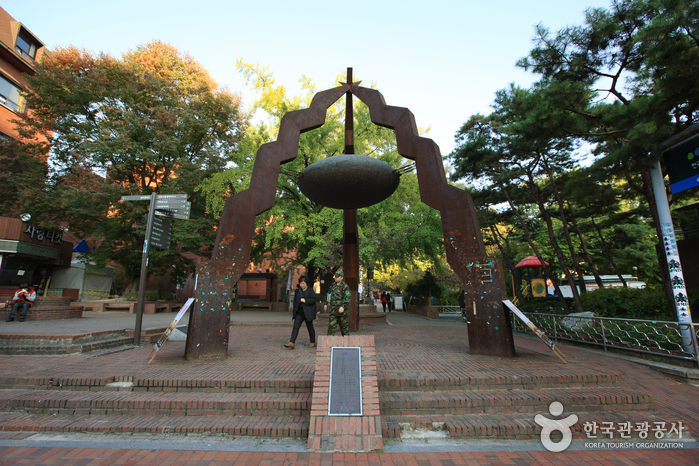
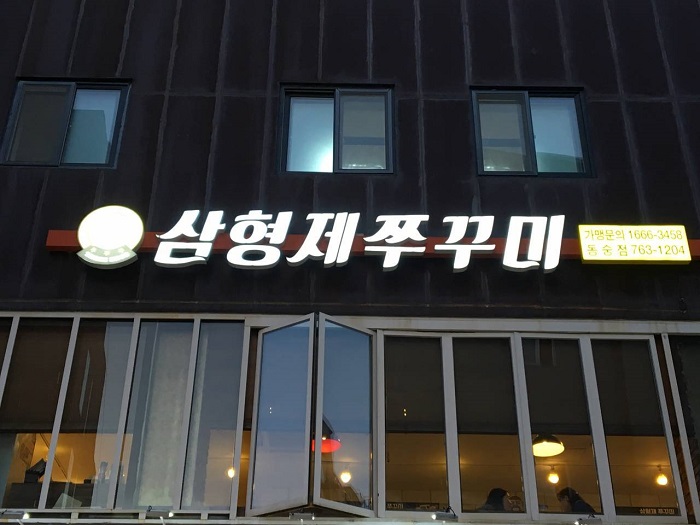
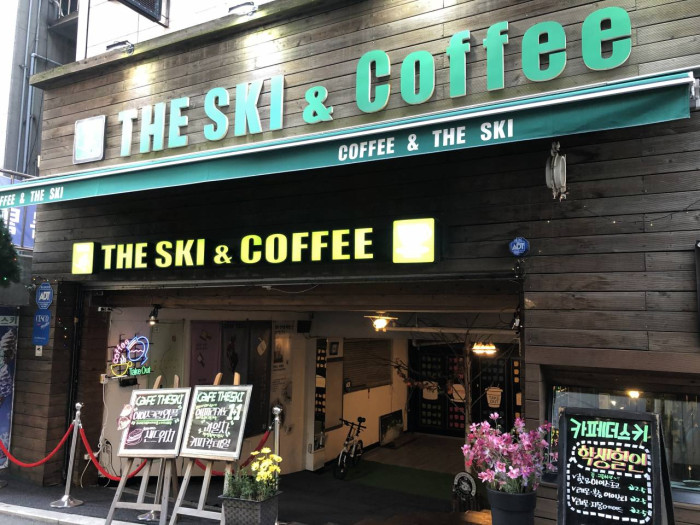
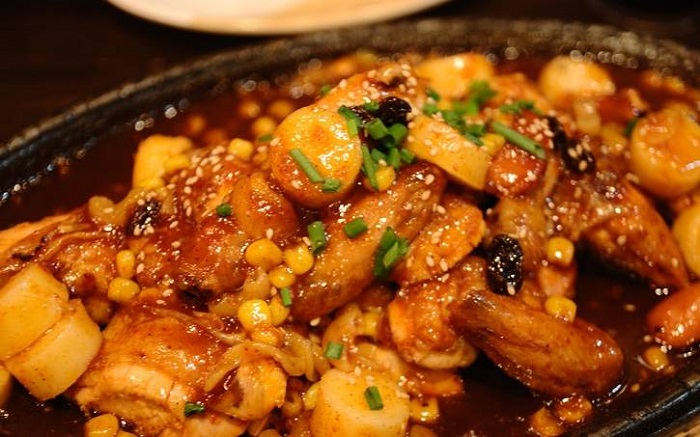
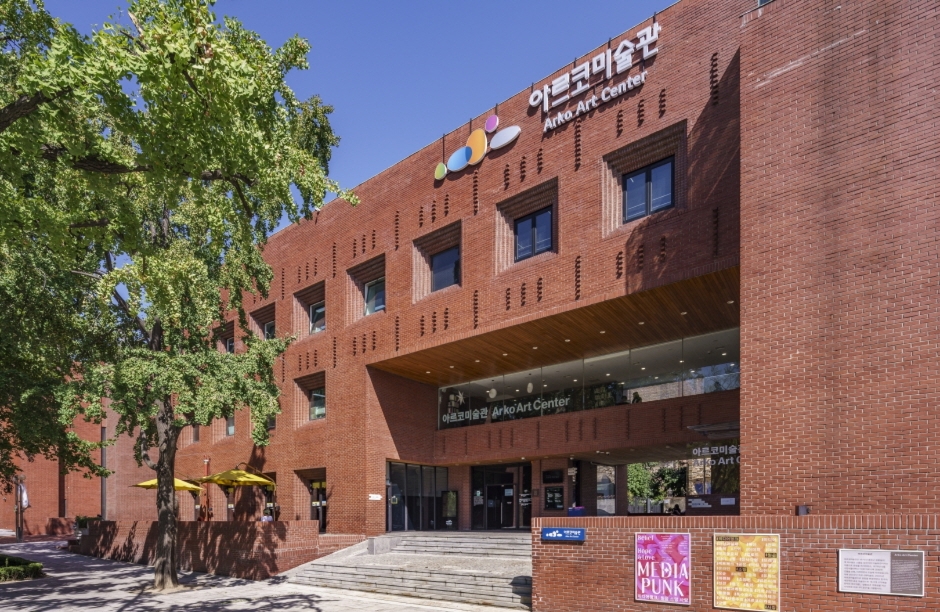
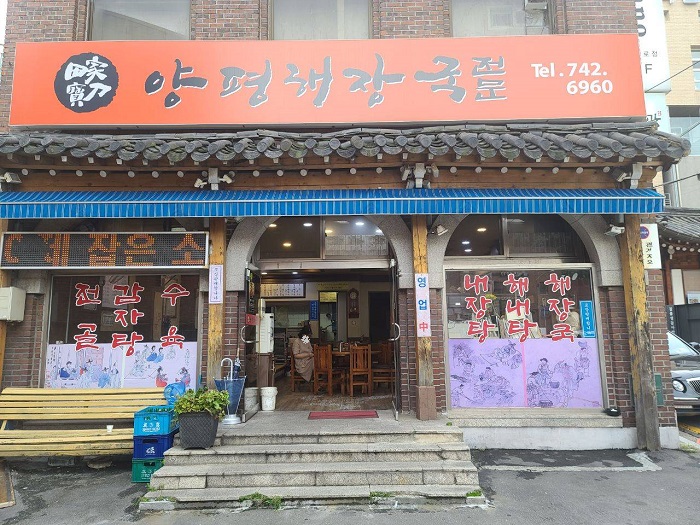
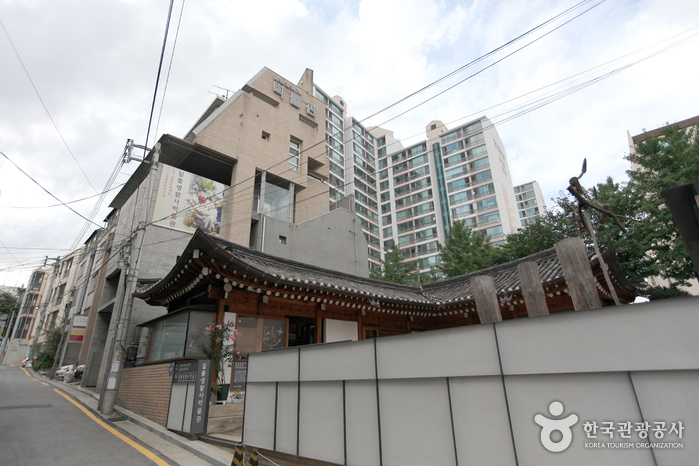
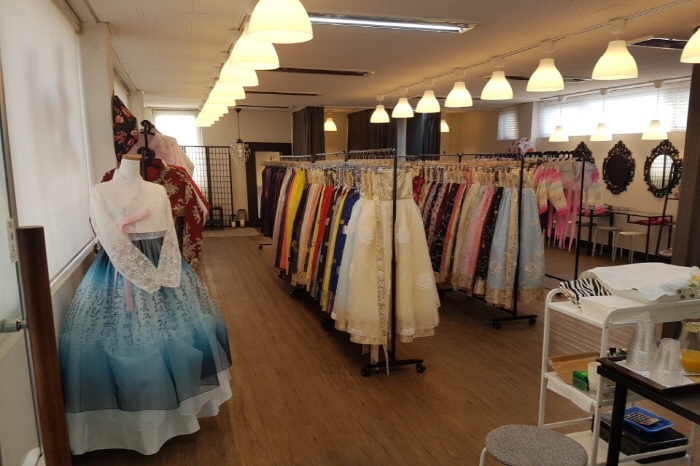
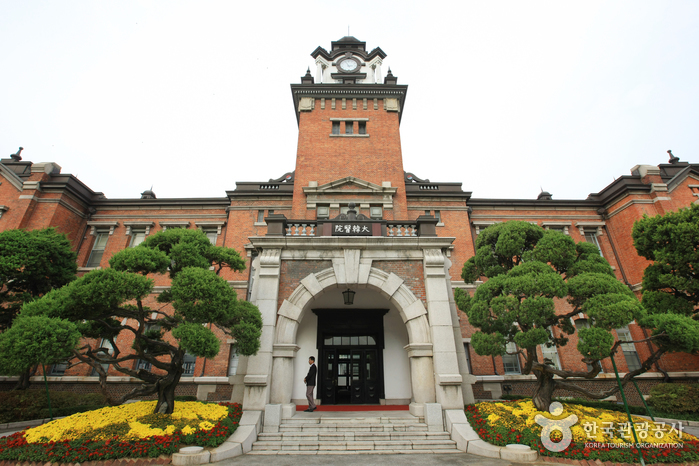
 English
English
 한국어
한국어 日本語
日本語 中文(简体)
中文(简体) Deutsch
Deutsch Français
Français Español
Español Русский
Русский